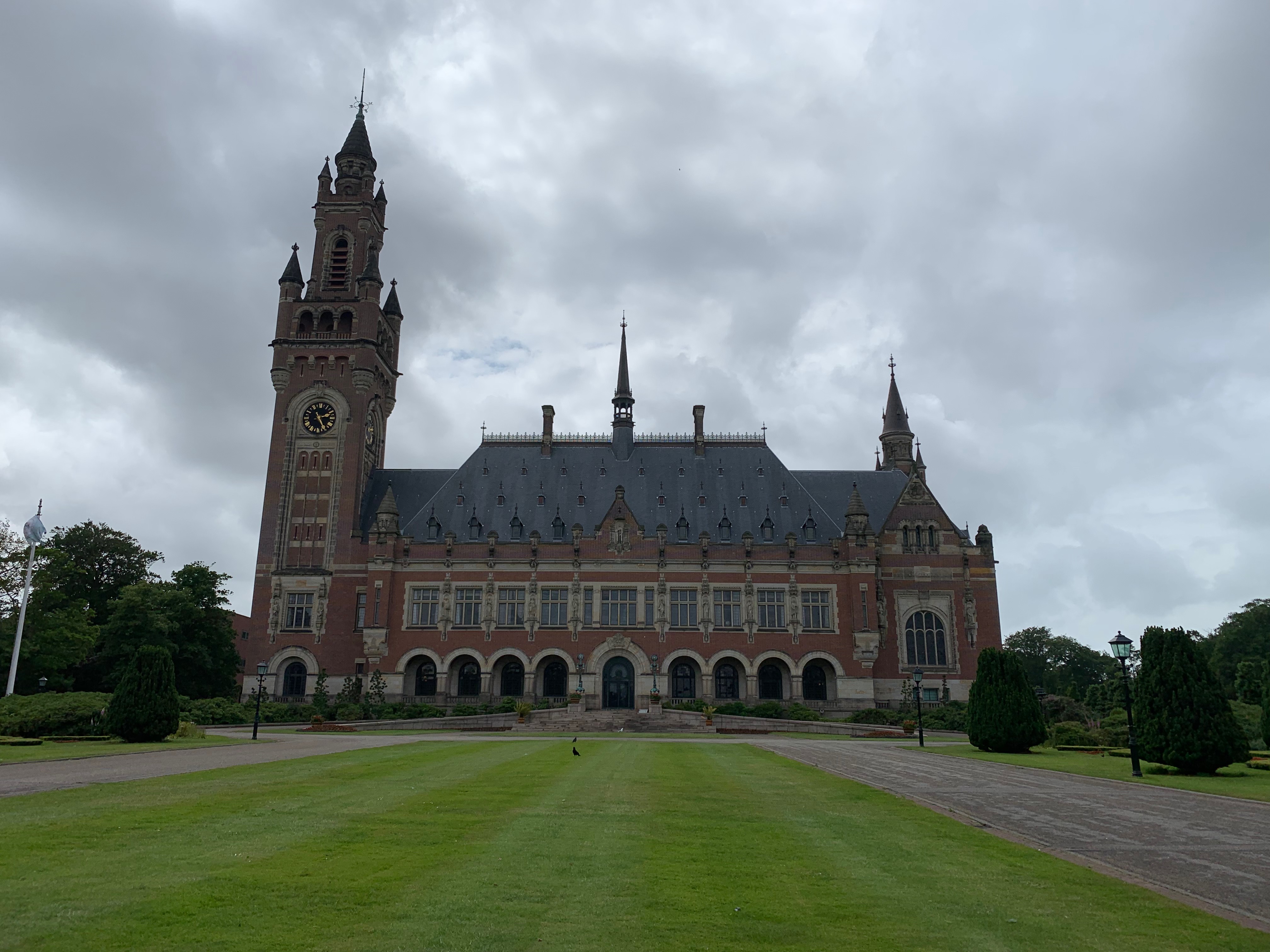Peace

I decided to stay in town this week and explore my local surroundings. I finally made it to the Peace Palace here in the Hague, and it is a truly impressive building. Constructed in a Neo-Renaissance style with funding from Andrew Carnegie, it is an imposing structure. However, the building itself did not catch my attention as much as the smaller World Peace flame in the entrance way. In the shadow of this monumental building and off to the side close to the road, I almost missed it. The flame was joined together from seven flames from five continents and the monument is constructed from stones contributed by hundreds of nations around the globe. I found it to be a powerful message of unity by how it is a single structure created from hundreds of stones contributed by different nations from all across the world.
At work, my case study research continues. My supervisor asked me to produce a case study on Colombia’s transitional process in addition to my study on Guatemala and my contenting research on hybrid systems in Anglophone African countries. Through this, I have continued to learn and grow in my appreciation for comparative research. It is fascinating to see how the decisions that Colombia made have effected their transition process compared to Guatemala’s decisions and process. Both countries face impunity issues, and both are attempting to address these problems in different ways. This Is what makes the work IDEA does so important. Instead of each country attempting to solve this problem in a vacuum, once this guide is released, each country will be able to learn from the experiences of each other. This does not mean that Colombia’s solutions will necessarily work for Guatemala or vise verse, but each country will at least have access to the other’s experience and both can grow as a result. I feel honored to be a part of that contribution.